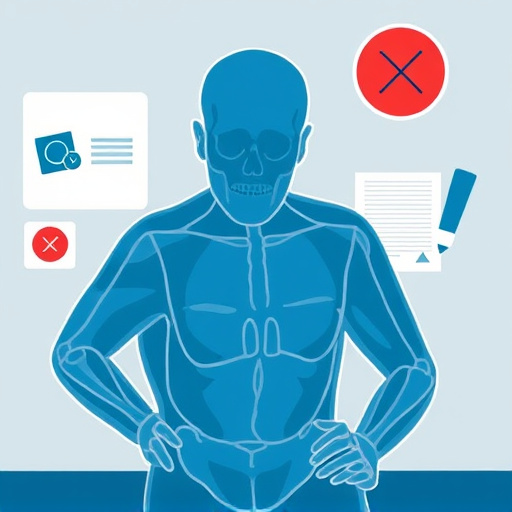Identifying root causes of federal workplace injuries through investigations, training, and proactive measures like ergonomics and risk assessments is crucial for prevention. Cultivate a culture of continuous improvement with open communication, regular training, employee hazard identification, wellness programs, and immediate action on safety concerns to reduce incidents, promote recovery, and foster a healthier work environment.
“In the wake of a federal workplace injury, preventing future accidents is paramount. This article explores comprehensive strategies to safeguard employees in these critical environments. We delve into understanding the root causes behind such incidents, emphasizing the importance of thorough investigations. Additionally, we highlight implementing robust safety protocols and training programs tailored to federal workplace nuances. Fostering a culture of continuous improvement and vigilance among all personnel emerges as a key game-changer in mitigating risks and ensuring a safer work environment.”
- Understanding the Root Causes of Federal Workplace Injuries
- Implementing Comprehensive Safety Protocols and Training
- Fostering a Culture of Continuous Improvement and Vigilance
Understanding the Root Causes of Federal Workplace Injuries

Identifying the root causes behind federal workplace injuries is a critical step toward preventing future incidents. These accidents often stem from various factors, such as improper training, inadequate safety protocols, repetitive motion tasks, or environmental hazards. By thoroughly investigating and understanding these underlying causes, employers can implement targeted strategies to enhance overall workplace safety. For instance, if a common issue is found to be heavy lifting without proper technique, they might introduce mandatory ergonomics training and equipment upgrades.
Addressing these root causes requires a comprehensive approach. This may involve conducting risk assessments, implementing better work practices, providing advanced safety gear, or employing innovative solutions like shockwave therapy for pain relief in cases of repetitive strain injuries. Even conditions like herniated discs, often associated with auto accident recovery, can be mitigated through proactive measures and improved workplace design.
Implementing Comprehensive Safety Protocols and Training

Preventing future accidents is paramount after a federal workplace injury to ensure a safe and healthy work environment. Implementing comprehensive safety protocols and training programs is a proactive step towards mitigating risks. These measures should cover every aspect of work, from proper lifting techniques to emergency response procedures. By educating employees on these protocols, organizations can reduce the likelihood of similar incidents, especially those causing lower back pain or joint pain relief.
Regular updates and refreshers on safety practices are essential, as new hazards may arise over time. Tailoring training sessions to address specific job roles and tasks can significantly enhance employee preparedness. Moreover, encouraging open communication about safety concerns fosters a culture of accountability, ensuring that everyone takes responsibility for maintaining a secure workplace, ultimately aiming for neck pain relief alongside overall injury prevention.
Fostering a Culture of Continuous Improvement and Vigilance

After a federal workplace injury, one of the most effective ways to prevent future accidents is by fostering a culture of continuous improvement and vigilance. This starts with open communication channels where employees feel comfortable reporting safety concerns without fear of retribution. Management should actively listen to these concerns and take immediate action to address them, demonstrating a commitment to creating a safer work environment. Regular training sessions on safety protocols, especially focusing on common causes of federal workplace injuries like slip-and-falls or repetitive stress injuries (including soft tissue injuries), can help keep everyone alert and informed.
Encouraging a mindset of vigilance means employees are proactive in identifying potential hazards and reporting them promptly. This includes not just physical dangers but also mental health concerns that can lead to accidents due to distraction or fatigue. Incorporating wellness programs that focus on muscle recovery and overall auto accident recovery can significantly reduce the risk of future injuries. By integrating these practices, federal workplaces can create a culture where safety is everyone’s responsibility, ultimately leading to fewer incidents and a healthier work environment.
Preventing future accidents in the federal workplace requires a multi-faceted approach. By understanding the root causes of injuries, implementing robust safety protocols and training, and fostering a culture that prioritizes continuous improvement and vigilance, we can create a safer environment for all employees. These strategies ensure that lessons learned from past incidents are not overlooked but rather serve as catalysts for positive change, ultimately reducing the occurrence of federal workplace injuries.














